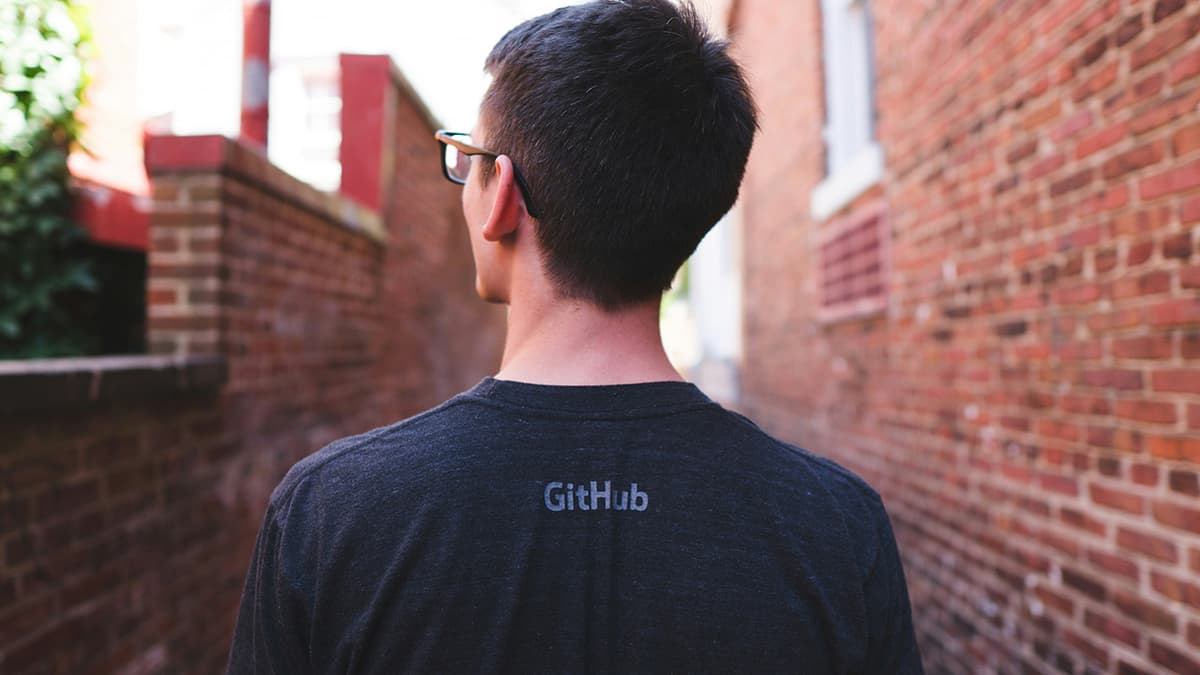Unraveling the Mystery of JavaScript Closures
Have you ever found yourself puzzled by the concept of closures in JavaScript? It's a topic that often leaves developers scratching their heads, wondering what exactly is going on behind the scenes. Fear not, for we are here to shed light on this frequently asked question and demystify the world of closures in JavaScript.
To understand closures, we first need to grasp the concept of nested functions. In JavaScript, functions can be defined within other functions, creating a nested structure. When a function is defined within another function, it has access to the variables in the outer function's scope. This is where closures come into play.
At its core, a closure is simply a function that retains access to variables from its outer scope even after the outer function has finished executing. This allows the inner function to "close over" those variables and maintain a reference to them, hence the term "closure."
Let's break it down with an example:
Javascript
In this example, innerFunction is defined within outerFunction and has access to the outerVar variable from the outer scope. When we call closureExample, it still has access to outerVar even though outerFunction has already finished executing. This is the magic of closures in action.
Closures are especially useful in scenarios like event handlers and callbacks, where you want to retain access to certain variables even after the surrounding function has completed its execution. They provide a way to maintain state and encapsulation in JavaScript, leading to more modular and organized code.
One common pitfall when dealing with closures is the misunderstanding of variable scope. Since inner functions have access to variables in the outer scope, it's crucial to be mindful of variable hoisting and scoping rules in JavaScript. Variables captured by closures are not destroyed after the outer function finishes, so they can consume memory if not handled properly.
Another interesting aspect of closures is their ability to create private variables in JavaScript. By using closures, you can simulate private properties and methods within an object, enforcing encapsulation and data hiding principles. This is a powerful technique for building reusable and secure components in your code.
Javascript
In this example, createCounter returns an object with methods to manipulate a private count variable. The outer function serves as a factory for creating counter objects with their independent states, thanks to closures preserving the count variable for each instance.
One area where closures shine is in managing asynchronous operations in JavaScript. Callback functions that rely on external data can create race conditions and inconsistencies if not handled properly. Closures help maintain the integrity of data by capturing the necessary variables at the time of definition, ensuring they remain accessible when the callback is executed.
Javascript
In this scenario, fetchData uses a closure to capture the data variable and provide a function to retrieve the fetched data asynchronously. Even though the data loading process is non-blocking, the closure ensures that the correct data is returned when the getData function is called later.












